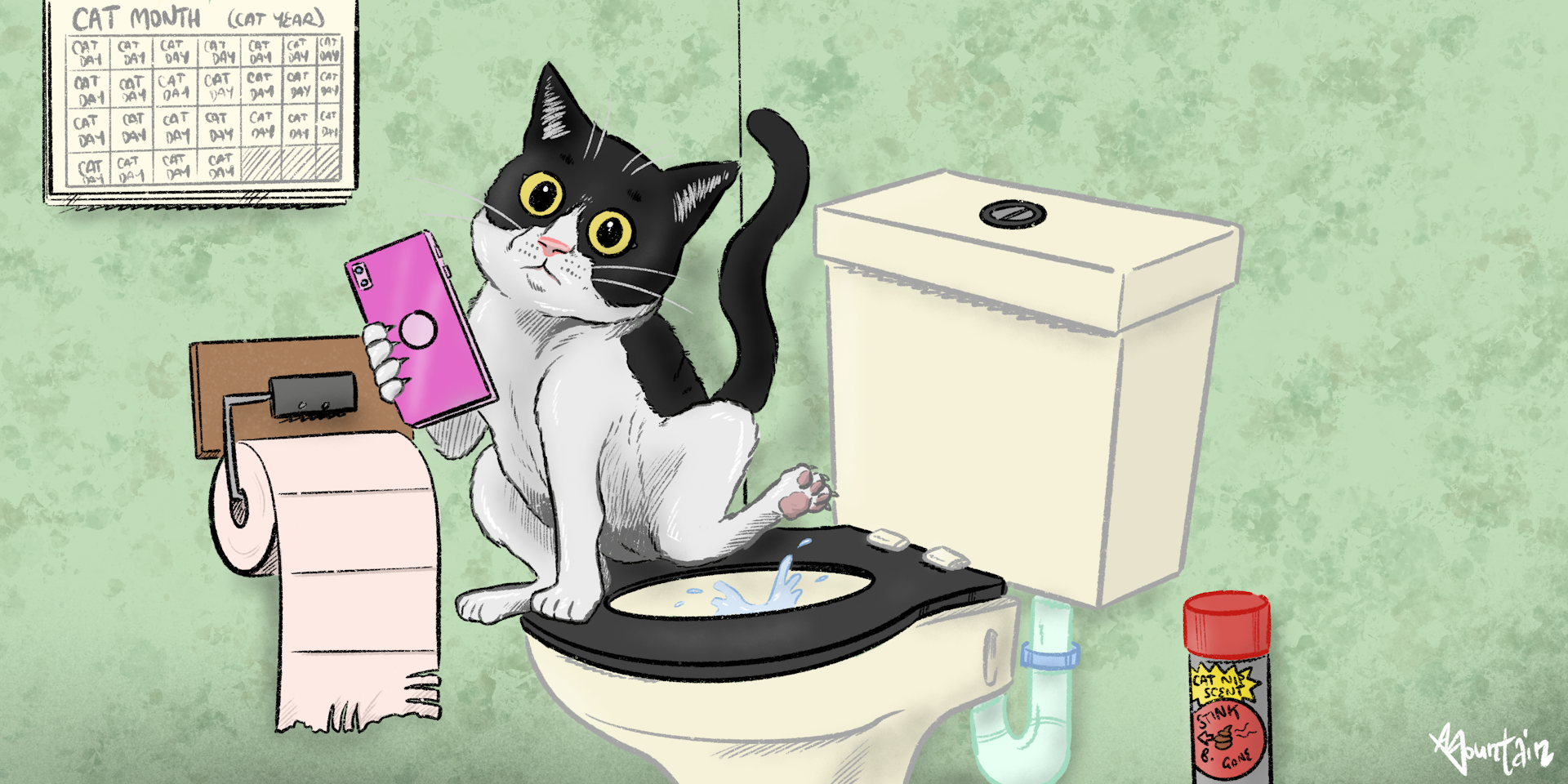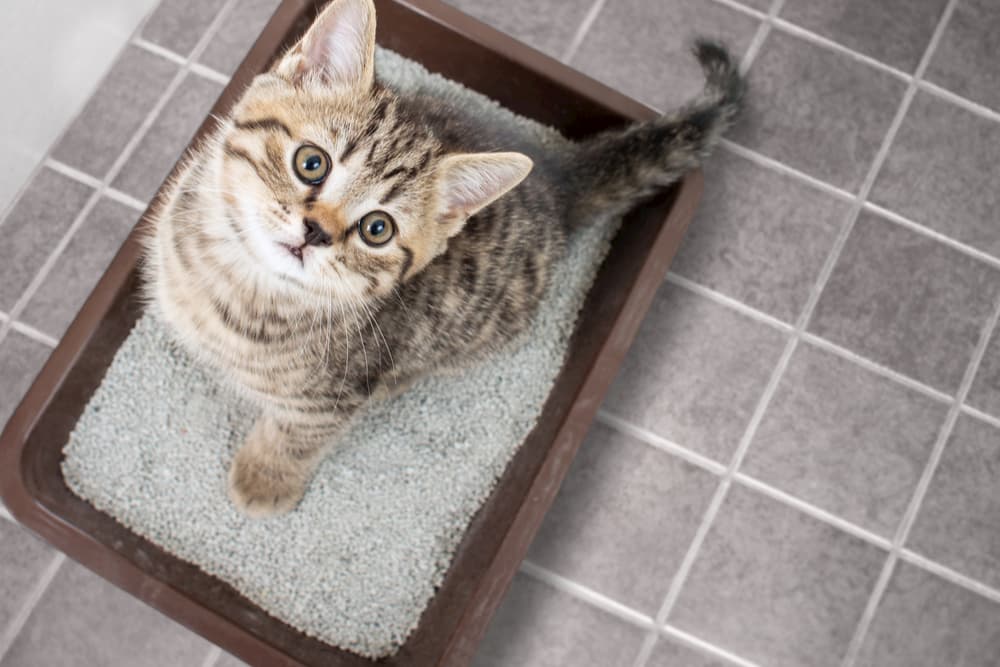Our Perils of Animal Waste in the Toilet
Our Perils of Animal Waste in the Toilet
Blog Article
We've noticed this article about Why you should never flush dog poop down the toilet down the page on the internet and think it made good sense to discuss it with you on this page.

When it involves taking care of waste, specifically animal waste, lots of people commonly resort to the hassle-free alternative of flushing it down the toilet. Nevertheless, this apparently simple solution can have severe consequences for the atmosphere and public health. In this write-up, we'll explore why flushing animal waste down the toilet is a negative concept and offer alternate techniques for proper disposal.
Introduction
Correct waste disposal is important for maintaining ecological sustainability and public health. While it may seem safe to flush animal waste down the bathroom, it can result in various concerns, both for the atmosphere and human well-being.
Threats of flushing animal waste
Ecological impact
Purging animal waste introduces damaging germs and pathogens into rivers, which can negatively influence aquatic ecological communities. These microorganisms can infect water sources and harm marine life, disrupting delicate communities.
Public health issues
Pet waste contains damaging bacteria such as E. coli and Salmonella, which can present major health risks to humans. Flushing pet waste down the commode can pollute water supplies, causing the spread of conditions and infections.
Alternatives to flushing
Instead of purging pet waste down the commode, there are a number of alternative disposal approaches that are a lot more eco-friendly and sanitary.
Composting
Composting pet waste is an eco-friendly method to dispose of it. By composting, organic matter is broken down into nutrient-rich dirt, which can be used to fertilize yards and plants.
Garbage dump disposal
Throwing away pet waste in a landfill is one more choice. While not as eco-friendly as composting, it is a much safer alternative to flushing, as it avoids the contamination of water resources.
Pet dog waste disposal systems
There are specific family pet waste disposal systems available that safely and hygienically deal with animal waste. These systems typically use enzymes to break down waste and eliminate odors.
Actions to appropriate animal garbage disposal
To make certain appropriate disposal of animal waste, adhere to these steps:
Scooping and nabbing waste
On a regular basis scoop and bag animal waste utilizing eco-friendly bags. This stops waste from infecting the environment.
Using assigned waste bins
Dispose of bagged animal waste in designated waste containers, such as garden compost bins or garbage dump bins. Avoid flushing it down the toilet whatsoever costs.
Cleaning can and pet areas regularly
Frequently tidy litter boxes and animal locations to avoid the build-up of waste and germs. Use pet-safe cleansing items to preserve health.
Benefits of appropriate disposal approaches
Embracing appropriate disposal approaches for pet waste offers numerous benefits:
Lowered environmental pollution
Proper disposal approaches minimize the risk of environmental pollution, shielding rivers and ecosystems from contamination
Minimized threat of water contamination.
By avoiding flushing animal waste down the toilet, the risk of water contamination is substantially reduced, guarding public health.
Boosted cleanliness and hygiene
Proper disposal approaches promote better cleanliness and hygiene, developing a safer atmosphere for both human beings and animals.
Conclusion
In conclusion, purging pet waste down the bathroom is harmful to the environment and public health. By embracing different disposal techniques and adhering to proper waste monitoring practices, we can lessen the adverse effect of animal waste and contribute to a cleaner, much healthier earth.
What To Do With Dog Poo – The Do's And Don'ts Of Disposing Of Faeces
Dog poo bins
Some councils provide dedicated dog waste bins in popular dog-walking areas that can take dog poo that has been bagged but you can legally dispose of dog waste in any public litter bin, as long as it is securely bagged. This also applies to your wheelie bin at home.
Do not flush
Water companies do not recommend flushing dog faeces down the toilet because certain parasites can survive the water processing treatment and are potentially harmful to humans. You should also never consider flushing dog poo that has been bagged down the toilet as the bags will not break down and instead create severe blockages in the sewage system.
In the woods
The Forestry Commission promotes a ‘stick and flick’ method for dealing with waste in the woods. This means finding a stick and using it to flick any poo from off the path so that it is out of the way of other walkers. You could also bury it as long as it is not in an area where there might be livestock.
Livestock
Parasites found in dog poo can be transmitted to livestock if they inadvertently eat infected faeces that has been left on grazing land. This could result in the death of sheep or abortion in cattle so you should always make sure you pick up your dog’s waste in fields where livestock could be present.

Frequently tidy litter boxes and animal locations to avoid the build-up of waste and germs. Use pet-safe cleansing items to preserve health.
Benefits of appropriate disposal approaches
Embracing appropriate disposal approaches for pet waste offers numerous benefits:
Lowered environmental pollution
Proper disposal approaches minimize the risk of environmental pollution, shielding rivers and ecosystems from contamination
Minimized threat of water contamination.
By avoiding flushing animal waste down the toilet, the risk of water contamination is substantially reduced, guarding public health.
Boosted cleanliness and hygiene
Proper disposal approaches promote better cleanliness and hygiene, developing a safer atmosphere for both human beings and animals.
Conclusion
In conclusion, purging pet waste down the bathroom is harmful to the environment and public health. By embracing different disposal techniques and adhering to proper waste monitoring practices, we can lessen the adverse effect of animal waste and contribute to a cleaner, much healthier earth.
What To Do With Dog Poo – The Do's And Don'ts Of Disposing Of Faeces
Dog poo bins
Some councils provide dedicated dog waste bins in popular dog-walking areas that can take dog poo that has been bagged but you can legally dispose of dog waste in any public litter bin, as long as it is securely bagged. This also applies to your wheelie bin at home.
Do not flush
Water companies do not recommend flushing dog faeces down the toilet because certain parasites can survive the water processing treatment and are potentially harmful to humans. You should also never consider flushing dog poo that has been bagged down the toilet as the bags will not break down and instead create severe blockages in the sewage system.
In the woods
The Forestry Commission promotes a ‘stick and flick’ method for dealing with waste in the woods. This means finding a stick and using it to flick any poo from off the path so that it is out of the way of other walkers. You could also bury it as long as it is not in an area where there might be livestock.
Livestock
Parasites found in dog poo can be transmitted to livestock if they inadvertently eat infected faeces that has been left on grazing land. This could result in the death of sheep or abortion in cattle so you should always make sure you pick up your dog’s waste in fields where livestock could be present.

We had been shown that report on Why you should never flush dog poop down the toilet from someone on another web page. Enjoyed reading our piece? Please share it. Let another person discover it. I value your readership.
Instant Quote Report this page